Endlings
What happens when a species goes extinct?


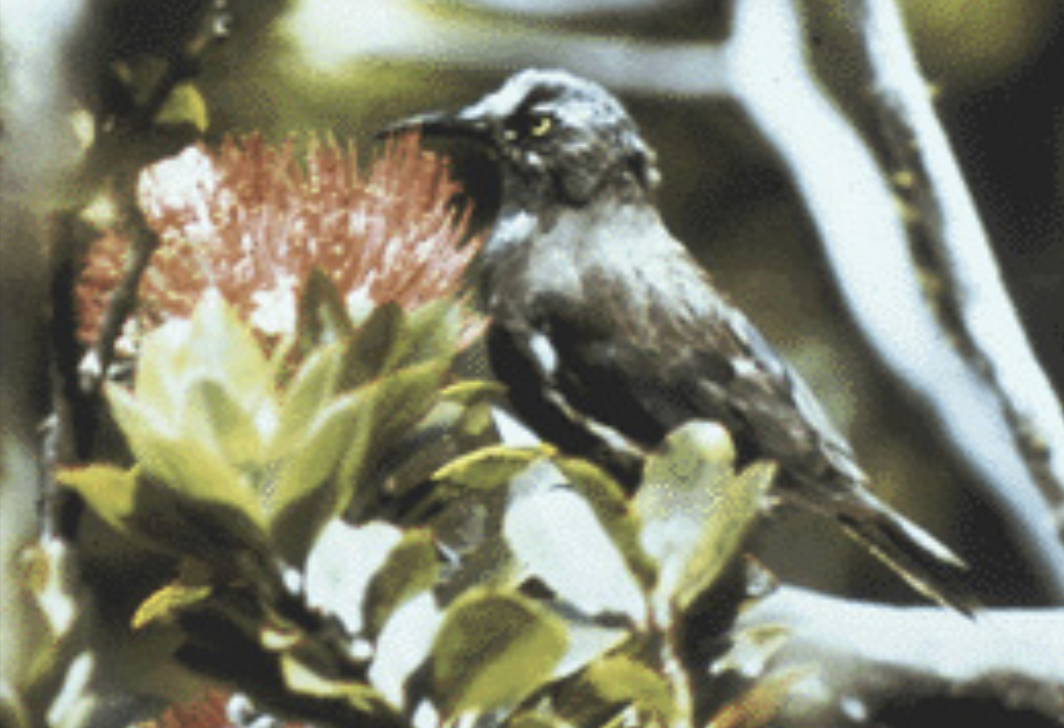
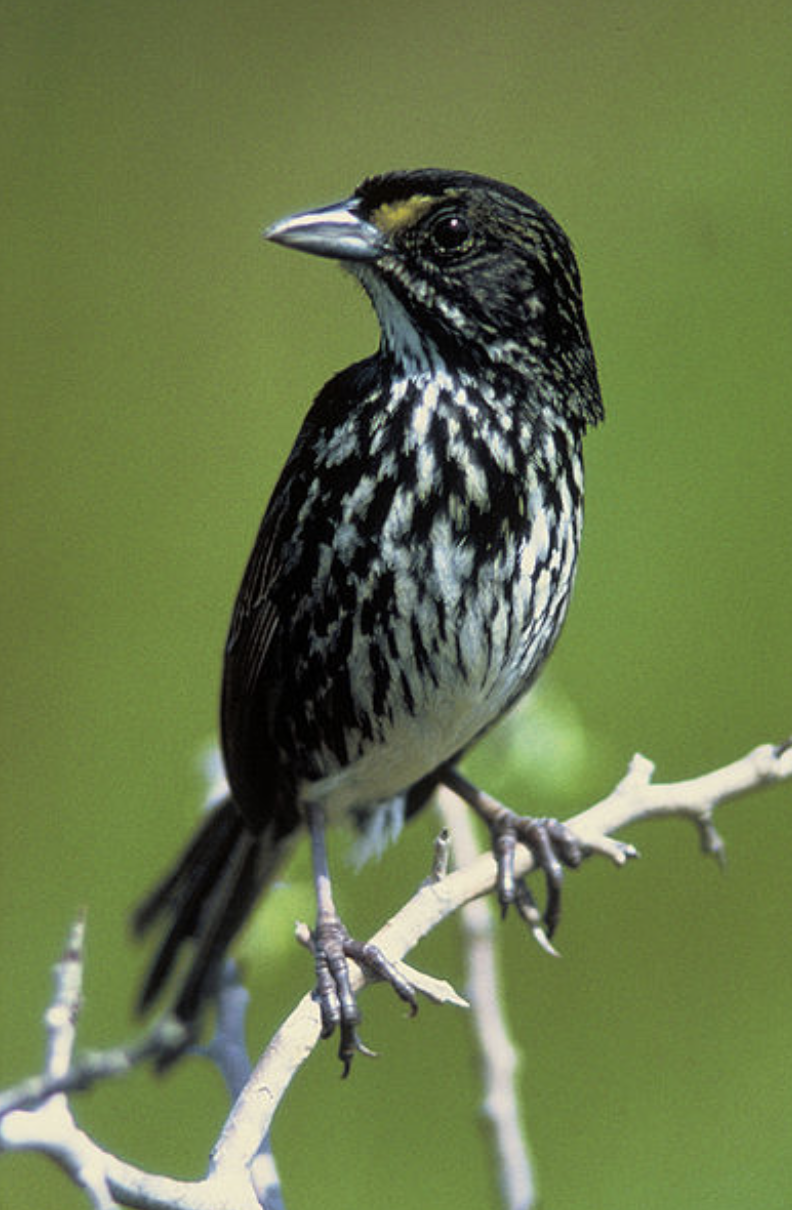
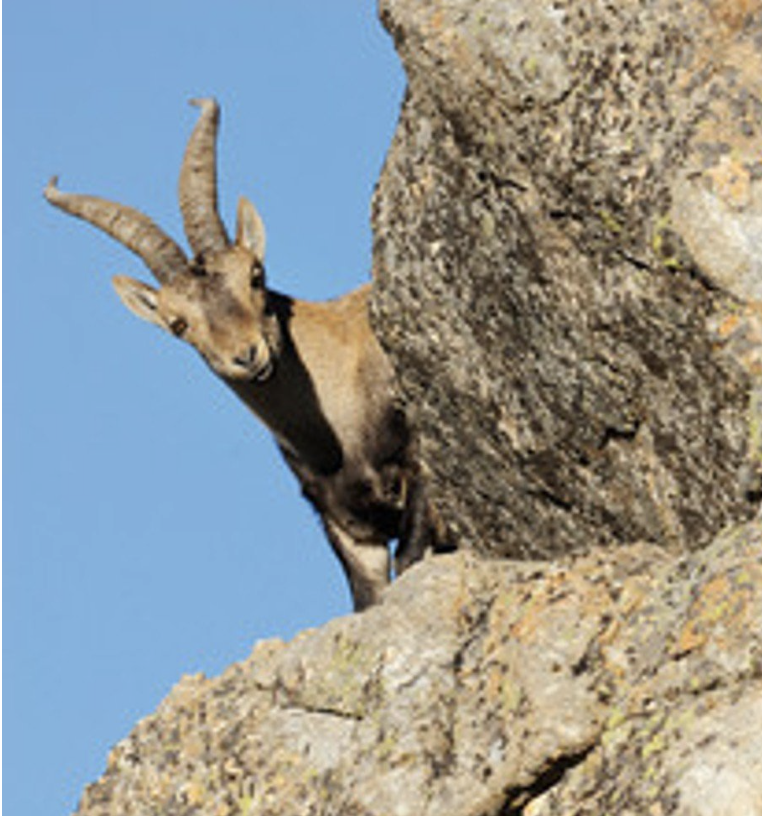
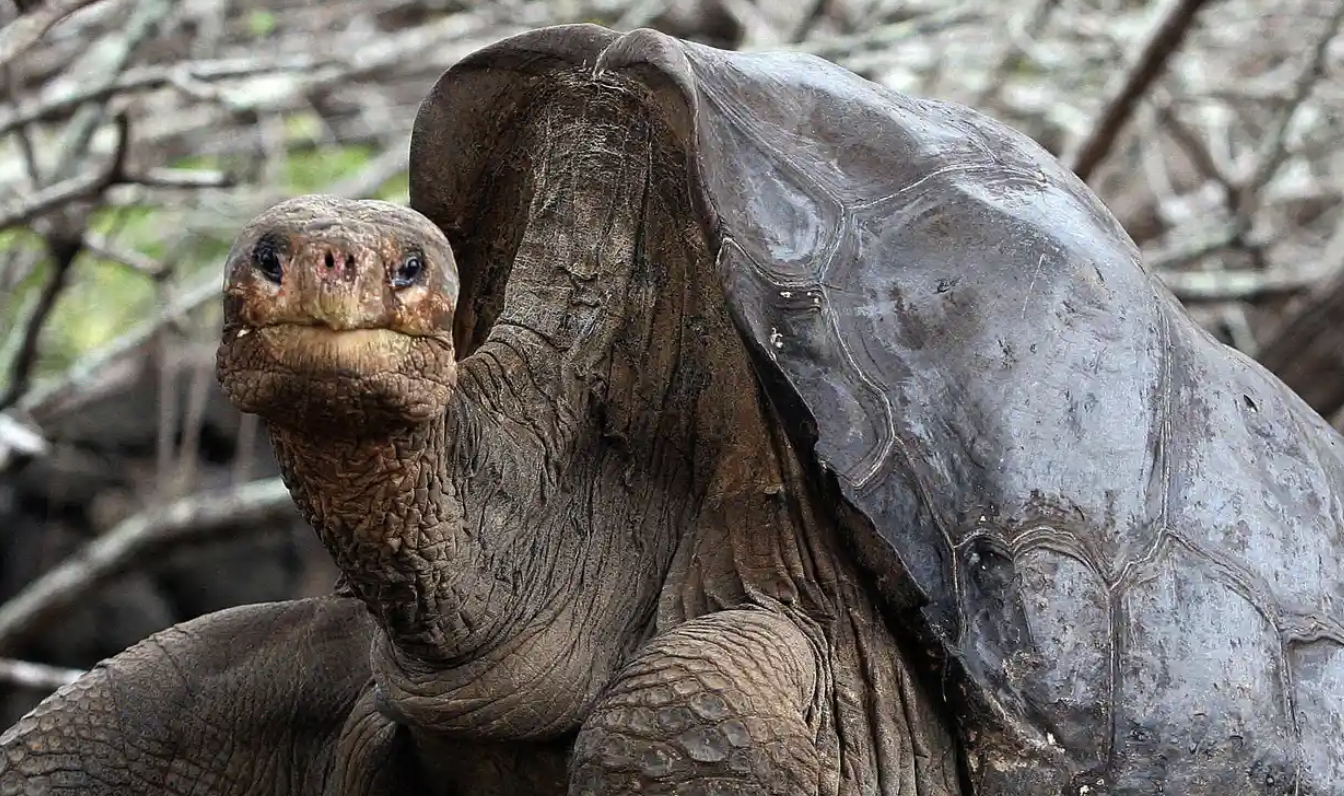
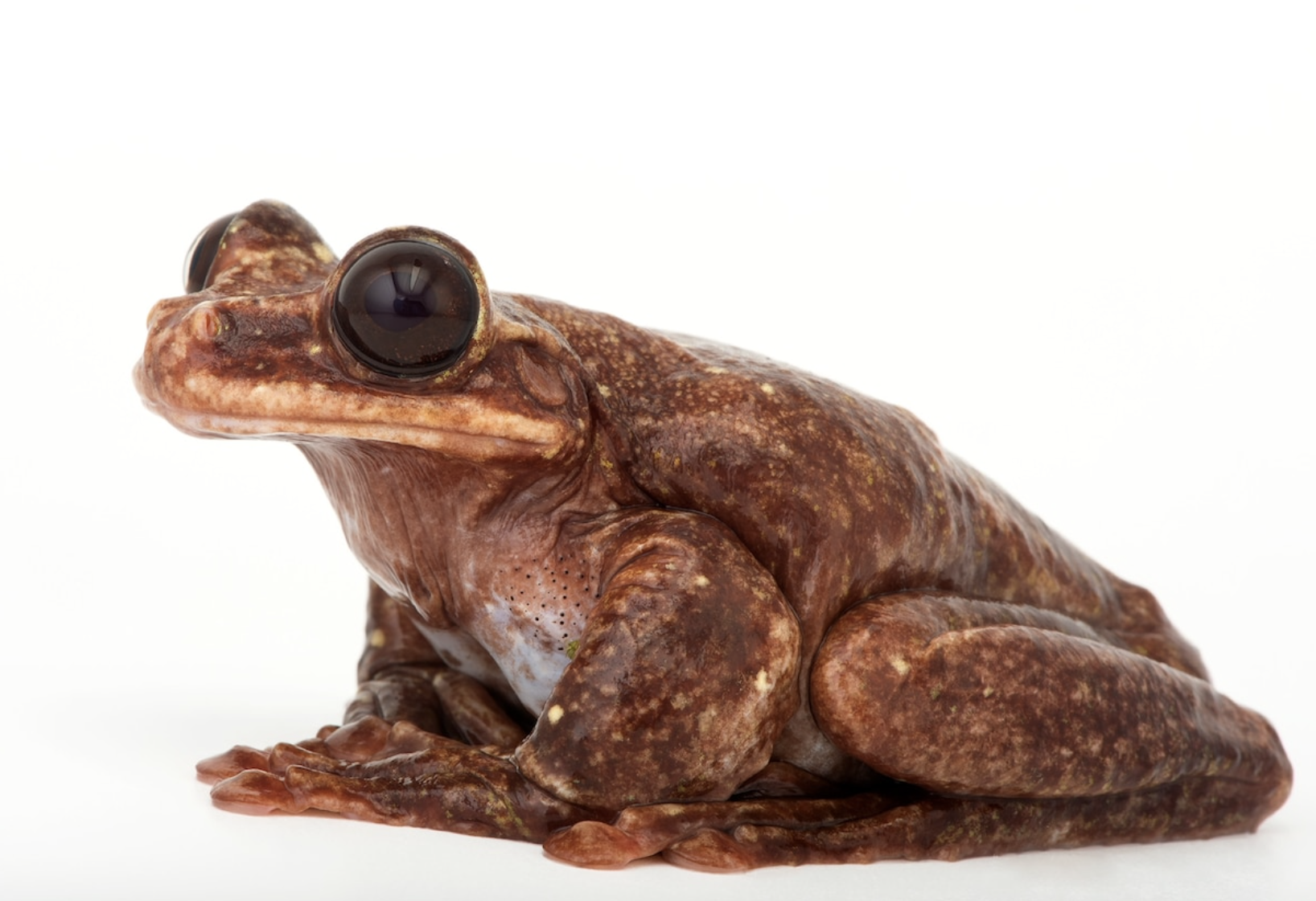
What is an “Endling”?
When the last representative of a species is alive, it is called an “endling” - a soft, melancholic, and heartbreaking term that describes the end of an entire complex and unique species. It brings together the last individuals shown above, along with many others, as representatives of extinction and loss. It will unfortunately describe either Najin or Fatu, the last two northern white rhinos, once one of the females die (1). We typically do not name or describe things that we choose to ignore or avoid, by giving the last individuals a collective name, it gives the concept of extinction a value that was not previously there. It brings awareness and fear all at the same time. When a species goes extinct, it typically goes unnoticed, either because scientists have not successfully identified and documented the species yet, or when a species that was previously documented is no longer found but is brought back into conversations with no remaining evidence of it existing still we often acknowledge that the species in question must have gone extinct. But, if the last representative of a species are collected and cared for by scientists extinction is given concrete and tangible evidence in real time, even though it is an abstract concept (1). By the time the individual or last few are found, it is considered to be a functionally extinct species (1).
What does it mean to be functionally extinct?
For a species to be classified as functionally extinct, a population often has to experience an extreme event that kills off the majority of individuals (2). Species can also be functionally extinct when its population abundance is so extremely low that it no longer carries out its ecological role or function within its environment, or when resources (i.e. food, shelter, and space) are no longer available (2). Functionally extinct species can also be due to declines in population numbers that it is past the point of successful recovery, even though there may be a few individuals remaining the lack of genetic diversity makes it impossible for the population to survive long-term (2).
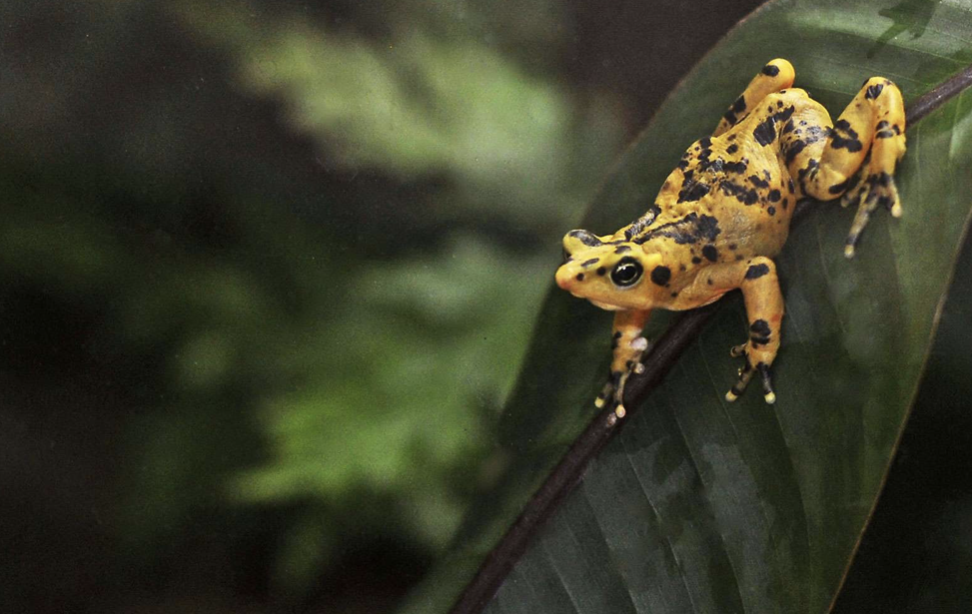
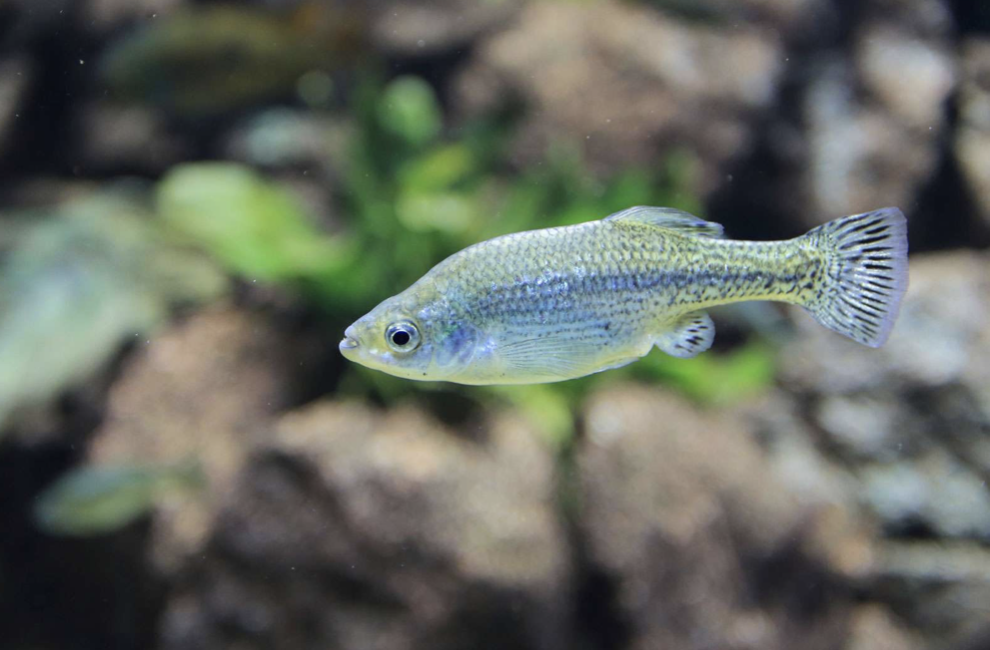
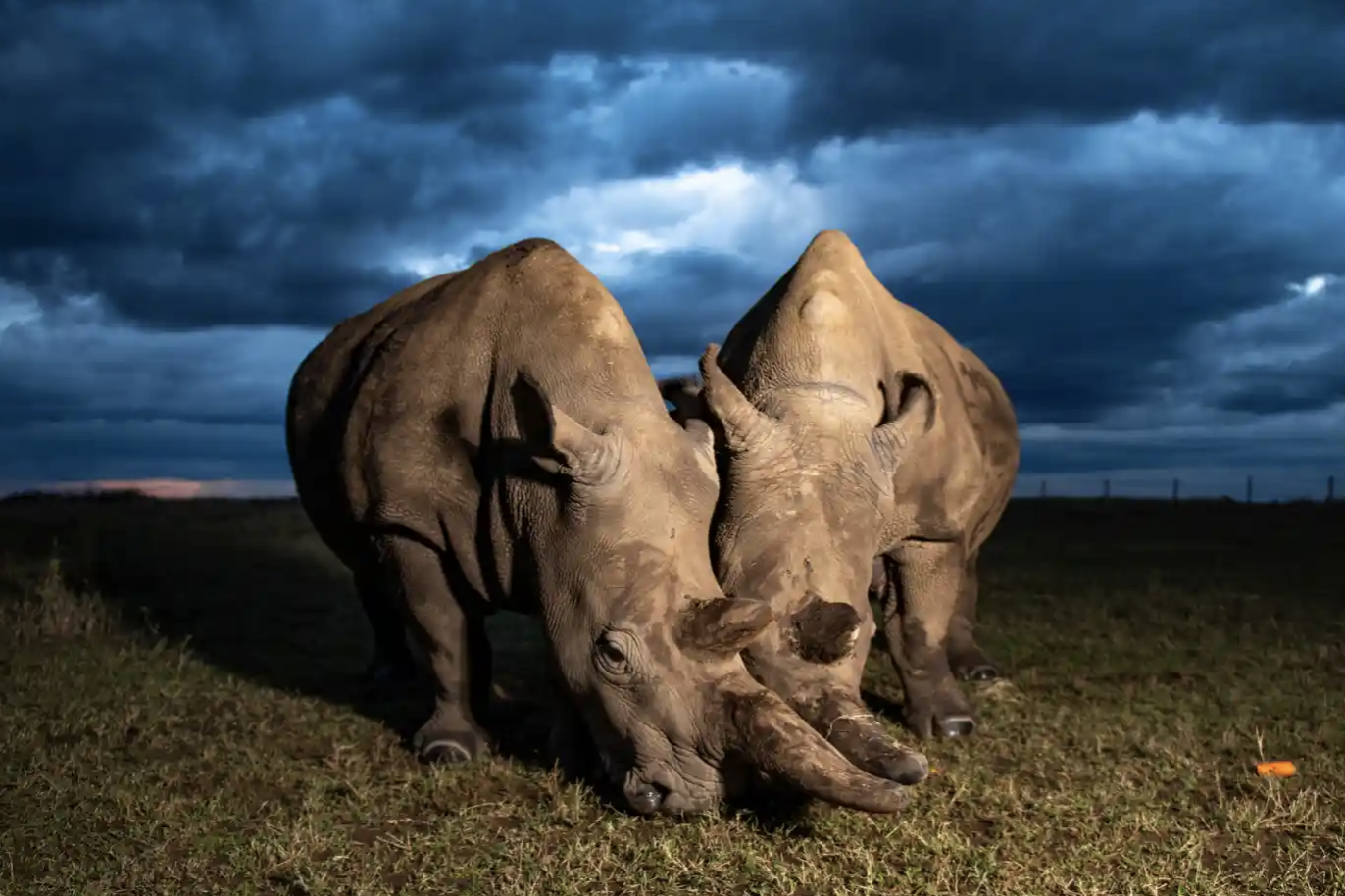
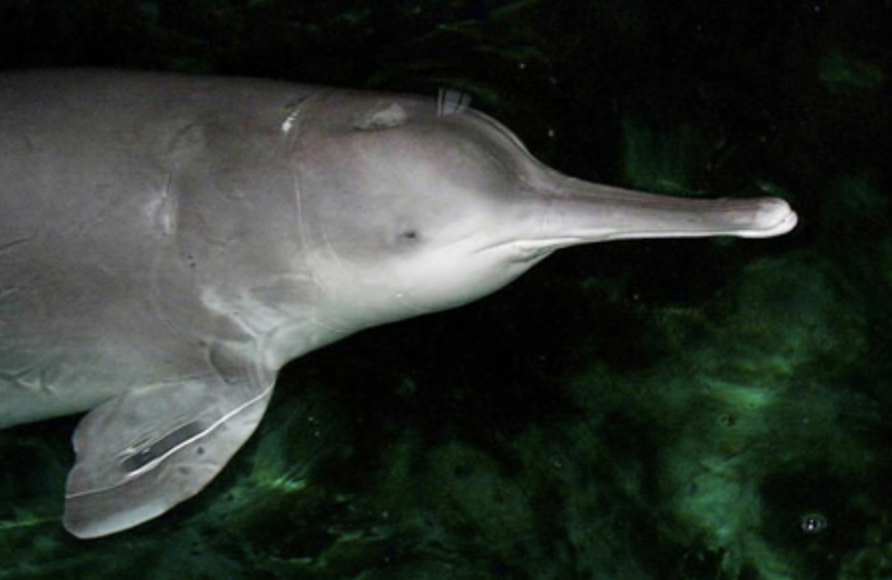
Why don’t we regularly hear about species going extinct?
It is estimated that there are approximately 8 million species on Earth (3). Only 86% of Earth’s species have yet to be fully described, meaning 14% of species are actually catalogued and described (4). With our current rate of extinction, a multitude of organisms will go extinct before they can be fully described or recorded (4).99% of all species that have ever existed have gone extinct over the course of 5 mass extinctions, the Cretaceous, the Triassic, the Permian, the Devonian, and the Ordovician (5). These were largely in part caused by natural extreme events such as volcanic eruptions and asteroid impacts.
The rate of extinction we’re currently experiencing is 1,000 to 10,000 times faster, due to anthropogenic activity (5). The IUCN released data on species under threat including 26% of mammals, 41% of amphibians, 14% of birds, 28% of reptiles, 37% of freshwater fishes, 70% of plants, 35% of invertebrates, 34% of conifers, and 33% of reef-building corals (4,5). In the U.S. alone, over 1600 species are listed as threatened or endangered (4). The United Nations’ Intergovernmental Science-Policy Platform on Biodiversity and Ecosystem Services estimates that approximately a million species are at risk for extinction in the next several decades due to anthropogenic activities (6,7).
The main reason why we don’t often learn about a species going extinct, is because it is a very complex final decision to make. It takes time for scientists to prove that a species has completely gone extinct, it is not sufficient enough to claim that just because we do not see it anymore, researchers must attempt to search for it to prove whether it’s still around or not which takes a lot of time and energy to do (6). Species that are believed to be extinct are not listed as extinct until long after they actually go extinct, unless the last remaining individuals are being cared for by zoos or other institutions (6). Scientists are also extremely hesitant to list species because there are multiple costs in doing so. By declaring a species as extinct too early, it can actually lead to its extinction, since any previous legal protections or funding for the species or its habitat are removed, meaning if it is indeed later rediscovered, protective measures have to start from scratch once again (6).
Does it really matter if a species goes extinct?
While it may be easier to brush off any concerns about severe impacts to wildlife and their habitats, losing even one species, no matter the size or importance means there is a break in ecological links (5). Everything is interconnected. A well-balanced and more biodiverse ecosystem, where all species play a specific role or function and relies on services provided by other species and its environment, means a healthier system (5). Extreme environmental damage or alteration can lead to extinction domino effects (8). The more tolerant species are ultimately at risk of extinction when less-tolerant species that why depend on disappear (8). Since each species contributes or serves a specific function and role within its environment, if a species is lost it can prompt a cascading effect throughout the entire food web, thereby impacting other species and the entire ecosystem itself (8). Many of these ecological services nutrient and water cycling, soil formation and retention, resistance against invasive species, pollination, climate regulation, and pest/pollution control (9). Such services are also beneficial to humans, it is estimated that the overall monetary value of services provided by ecosystems is approximately 33 trillion dollars per year, which is almost twice the amount of global production from human activities (9). Around 50,000 - 70,000 plant species are relied on for traditional and modern medicine, about 100 million metric tons of aquatic species (i.e. fish, mollusks, and crustaceans) contribute to global food value (9). By losing biodiversity we also put ourselves at risk for environmental security (9)
References:
Yong, Ed. “The Last of Its Kind.” The Atlantic, Atlantic Media Company, 2 Aug. 2019, www.theatlantic.com/magazine/archive/2019/07/extinction-endling-care/590617/.
Hasik, Adam. “What Being Functionally Extinct Means, Why Koalas Aren't, and Why Things Are Still Pretty Dire.” Ecology for the Masses, 14 Dec. 2019, ecologyforthemasses.com/2019/11/28/what-being-functionally-extinct-means-why-koalas-arent-and-why-things-are-still-pretty-dire/.
“Extinction over Time.” Extinction Over Time | Smithsonian National Museum of Natural History, naturalhistory.si.edu/education/teaching-resources/paleontology/extinction-over-time.
Watson, Traci. “86 Percent of Earth's Species STILL UNKNOWN?” Science, National Geographic, 3 May 2021, www.nationalgeographic.com/science/article/110824-earths-species-8-7-million-biology-planet-animals-science.
Cho, Renee, et al. “Why Endangered Species Matter.” State of the Planet, 3 Apr. 2019, news.climate.columbia.edu/2019/03/26/endangered-species-matter/.
Platt, John R. “Why Don't We Hear about More Species Going Extinct?” Scientific American Blog Network, Scientific American, 16 June 2019, blogs.scientificamerican.com/extinction-countdown/why-dont-we-hear-about-more-species-going-extinct/.
Arghamanyan. “Media Release: NATURE'S Dangerous DECLINE 'Unprecedented'; Species Extinction Rates 'Accelerating'.” IPBES Secretariat, 11 June 2020, ipbes.net/news/Media-Release-Global-Assessment.
“Climate Change Risks 'Extinction Domino Effect'.” ScienceDaily, ScienceDaily, 29 Nov. 2018, www.sciencedaily.com/releases/2018/11/181129122506.htm.
“Species Extinction – The Facts.” IUCN Redlist, www.iucn.org/sites/dev/files/import/downloads/species_extinction_05_2007.pdf.


